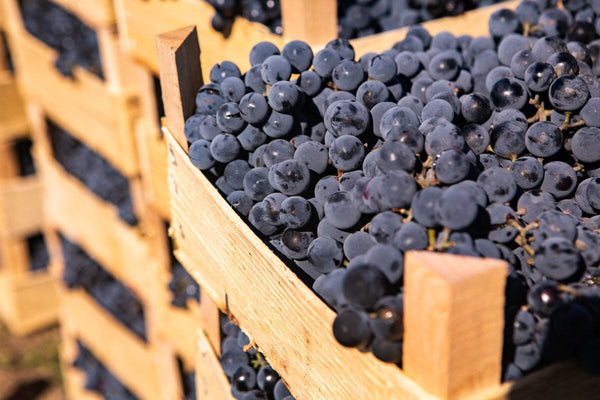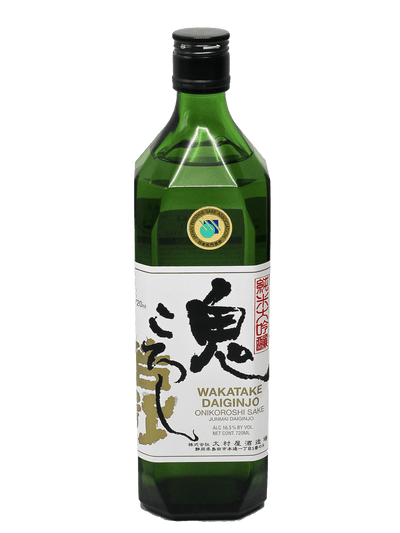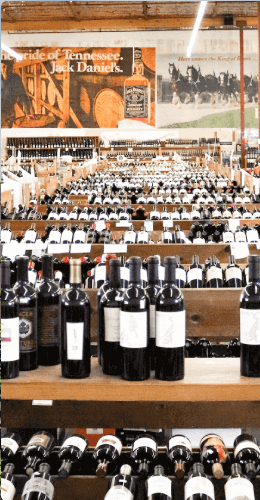Appassimento in Winemaking: What Does it Mean?

Appassimento, a traditional winemaking technique originating from Italy, involves drying grapes before fermentation, resulting in wines of enhanced complexity and richness. The term "appassimento" derives from the Italian word "appassire," meaning to wilt or dry. This method is particularly associated with the production of the Italian wines Amarone and Ripasso in the Veneto region.
The grape-drying process is meticulous, typically involving red grape varieties like Corvina, Rondinella, and Molinara. After the initial harvest, selected bunches are carefully laid out on straw mats or hung in well-ventilated drying rooms for an extended period. During this drying phase, water content diminishes, concentrating sugars and flavors, ultimately leading to wines with higher alcohol content and a fuller body.
Amarone della Valpolicella stands as a prominent example of the appassimento technique. Crafted from partially dried grapes, this red wine bottle will exhibit a tapestry of flavors, including dried fruits, baking spices, and a subtle hint of sweetness. The velvety texture and prolonged finish showcase the profound impact of appassimento on the final wine.
While Italy remains a stronghold for appassimento wines, the technique has transcended borders, influencing winemakers globally. Even in California winemakers have embraced and adapted the method to local grape varieties and terroirs, resulting in diverse expressions of appassimento.
In California the technique has been applied to red wines, creating bold and opulent expressions. The warmth of the Californian sun, combined with controlled dehydration, yields wines with deep color, concentrated fruit flavors, and a hint of spiciness. This adaptability highlights appassimento's potential to enhance various grape varietals beyond its Italian origins.
Consider the 2007 Langhart-Hill Rumpelstiltskin Appassimento from the best wine store California, made with 39% Merlot, 38% Sangiovese , 13% Cabernet Franc, 10% Dolcetto in the Russian River Valley.
This examples shows how winemakers in California have embraced the appassimento technique to create wines that stand out for their depth and intensity. The warmth of the Californian sun, coupled with the careful application of grape dehydration, contributes to the distinctive character of these red wines, making them noteworthy choices for enthusiasts seeking robust and flavorful wines.
The Difference from Ripasso Wines
Ripasso and appassimento are two distinct winemaking techniques, each contributing unique characteristics to the final wine. Let's explore the differences between the two wines, both available when you order wine delivery:
Appassimento
- Process: Appassimento involves the drying of grapes before fermentation. Selected grape bunches are laid out on straw mats or hung in well-ventilated drying rooms. This drying process reduces water content, concentrating sugars and flavors in the grapes.
- Purpose: The main goal of appassimento is to enhance the richness and complexity of the wine. The dehydration of grapes leads to higher sugar content, resulting in wines with higher alcohol levels and fuller bodies.
- Examples: Amarone della Valpolicella from the Veneto region of Italy is a classic example of a wine produced using the appassimento technique.
Ripasso
- Process: Ripasso, on the other hand, involves refermenting wine on the grape skins left over from Amarone or recioto production. The leftover grape skins still contain sugars and flavors from the dried grapes used in the previous winemaking process.
- Purpose: Ripasso serves to impart some of the characteristics of Amarone to the wine, including added richness, complexity, and a slightly higher alcohol content. It's often considered a way to elevate the character of Valpolicella wines.
- Examples: Valpolicella Ripasso is a well-known example of a wine produced using the ripasso method. Winemakers in the Veneto region of Italy use the skins from Amarone or recioto production to undergo a second fermentation with Valpolicella wine.
In summary, while both the Italian wine appassimento and ripasso are techniques associated with the production of certain Italian wines, they differ in their processes and purposes. Appassimento involves drying grapes before fermentation to concentrate flavors, while ripasso involves refermenting wine on the residual grape skins from Amarone or recioto production to enhance its characteristics.
Thus, appassimento is more than a technical process; it represents a marriage of tradition and innovation, combining the old and the new. Exploring this winemaking technique necessitates an understanding of its historical roots and its contemporary relevance. The sustainable practices inherent in appassimento also align with environmentally conscious approaches, reducing the need for excessive chemical intervention in the vineyard.
In all, appassimento in winemaking offers a captivating journey that intertwines history, tradition, and innovation. From its Italian origins to its global influence, this technique serves as a canvas for winemakers to craft bold and expressive wines. The richness it imparts, coupled with its connection to sustainable practices, underscores its importance in the ever-evolving world of wine.


















Leave a comment